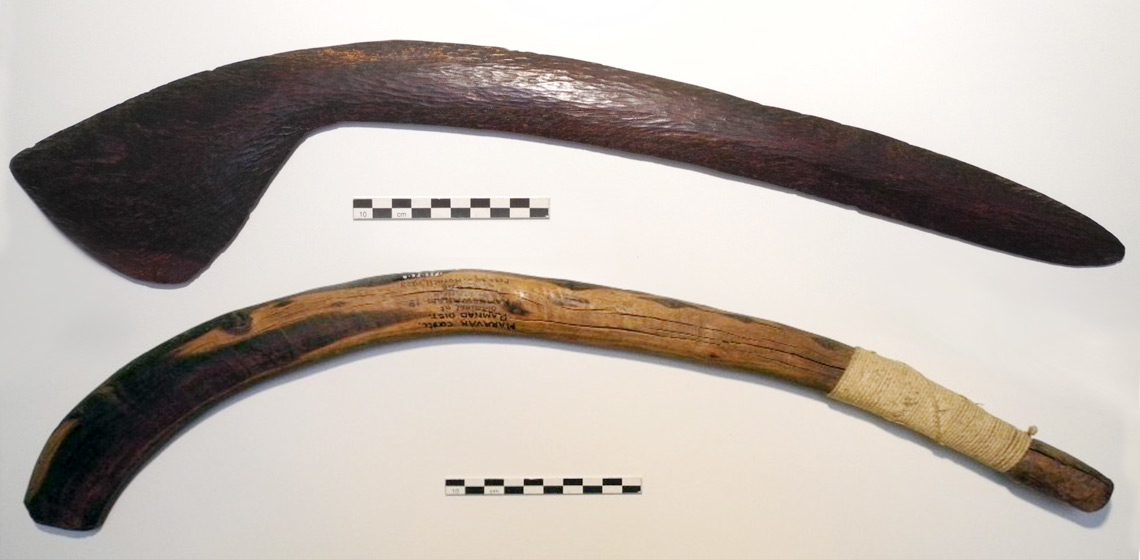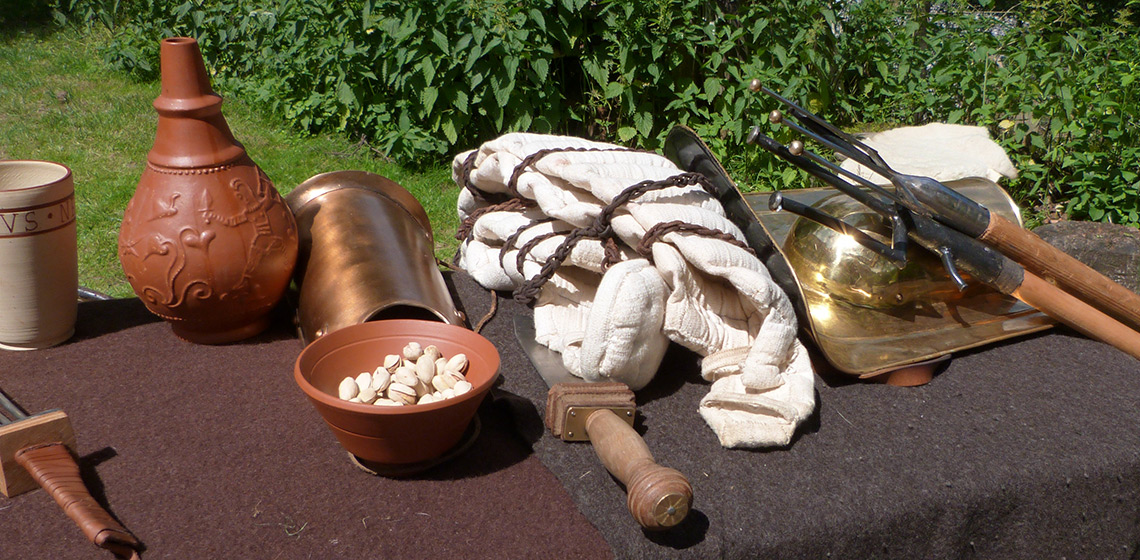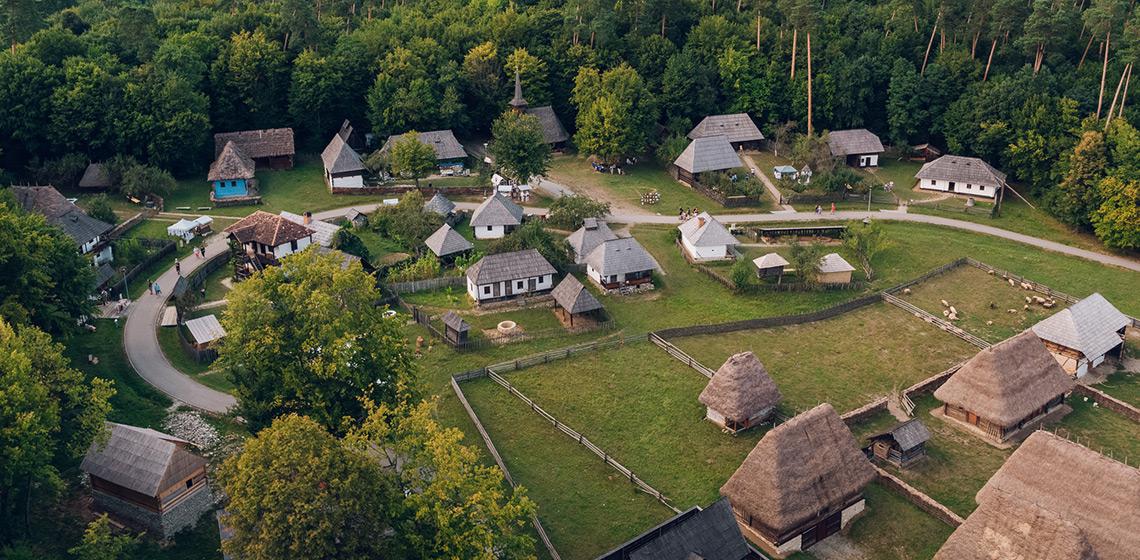The ASTRA Open-Air Museum situated in the natural reservation of Dumbrava Sibiului, 4 kilometers away from the Sibiu city centre, spreads across 96 ha, of which more than 40 ha are covered by the permanent exhibition. It was opened in 1963 when the assumed mission was to present the traditional technical patrimony in rural Romania, mills for grinding, oil, grapes and fruit presses, sawmills and watermills, and some peasant industries.
After the 90's, the museum goes through an obvious transformation, the aspect of traditional culture being more present through the houses rebuilt in the museum, but also with emphasis on the immaterial patrimony. ASTRA Open-Air Museum currently holds over 400 monuments of folk architecture and technique, as well as an impressive collection of ethnographic heritage objects. Conceived as a living museum, it hosts many traditional events such as: traditional fairs, workshops, folk festivals and performances.








